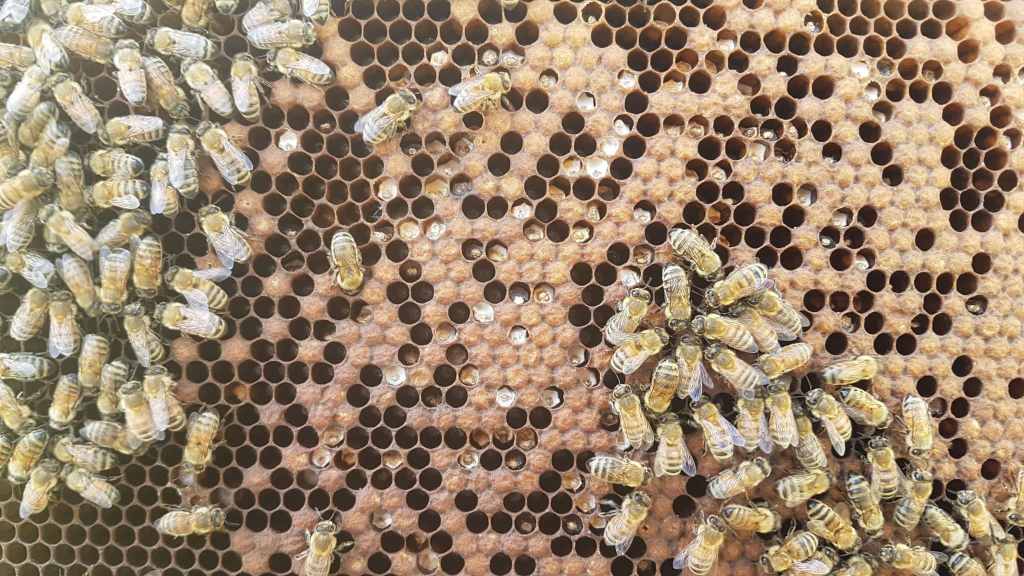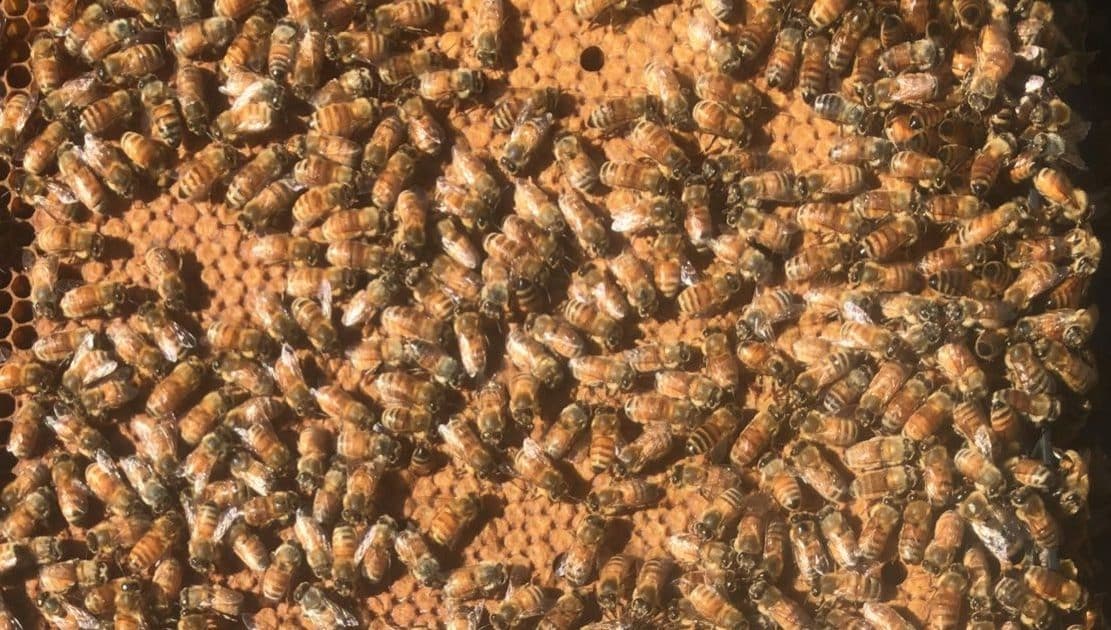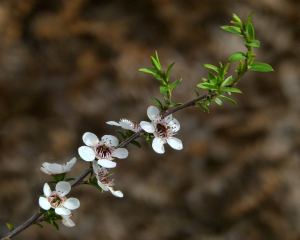
Is Mānuka Honey good for a cough and cold
Mānuka Honey, renowned for its potent antibacterial properties, therapeutic benefits, high antioxidants and supports the immune system is nonetheless a standout product used for almost

The bees are almost ready for the Winter months, we’ve reduced them to a single box and fed where we need to, to ensure they have enough to eat until Spring.
While we will be taking a break, the bees still have to work hard in their hives. They need to keep healthy, stave off pests and diseases and keep warm until the temperature warms up enough for us to be able to open up the hive without causing a massive chill.
One of the battles they may have with all this wet weather is chalkbrood.
Chalkbrood is a fungal disease that can affect honeybees and their larvae. It’s caused by a fungus called Ascosphaera apis, which infects the gut of young honeybee larvae.
The symptoms of chalkbrood are easy to spot in a beehive. Infected larvae turn white or greyish-white and look like small chalky mummies, and when the fungus is fruiting, the larvae turn black. The fungus grows inside the larvae, eventually killing them. The infected larvae often appear as if they have been dried out and shrivelled up and may be found scattered throughout the hive. The image at the top of the page is a great example of an established infection after Winter.
In severe cases, the “mummies” make a rattling sound when an infected frame is removed.
Chalkbrood is most common in colonies that are weakened by stress, such as a lack of food or water, exposure to pesticides, or changes in temperature. It can also be caused by poor hygiene within the hive, such as a build-up of debris or pollen, which can lead to increased humidity levels and provide an ideal environment for the fungus to grow. In some cases, genetics may play a role in the susceptibility of bees to chalkbrood.
As beekeepers, we try to limit fungal growth by cleaning the base of the hives when we tend them, removing debris and dirt from the corners and the floor, and clearing vegetation from the entrances. What takes us seconds to do would be a huge workload for cold bees.
So, what do we do if we find chalkbrood in our hives?
One of the most effective treatments is to re-queen the colony with a queen from a healthy hive. This can help increase the genetic diversity of the colony and strengthen its resistance to disease. It’s also important to ensure that the hive is kept clean and free of debris, and to maintain proper ventilation and humidity levels within the hive. We can remove infected frames, and because we use plastic ones they can be completely cleaned and re-waxed to be safely reused.
We never use anti-fungal treatments or antibiotics in our hives.
Last season we were very lucky, and had very few hives with chalkbrood. It can be very common in some areas, especially here in New Zealand where we have cold-but-humid environments.
We will keep our fingers crossed that this Winter won’t be as harsh as the Summer was!
Learn more about the H&M story.


Mānuka Honey, renowned for its potent antibacterial properties, therapeutic benefits, high antioxidants and supports the immune system is nonetheless a standout product used for almost

Mānuka Honey has been around for years and was considered to be taonga, or treasure to Māori people. It was mainly used for its health
Subscribe now to keep reading and get access to the full archive.